 Peter broadcasts his radio show this weekend from the legendary Blue Room at the Roosevelt New Orleans.After four years and $145 million in restorations, the hotel formerly known as the Fairmont New Orleans has been restored to its former glory, marking a new chapter the city’s post-Katrina recovery process.
Peter broadcasts his radio show this weekend from the legendary Blue Room at the Roosevelt New Orleans.After four years and $145 million in restorations, the hotel formerly known as the Fairmont New Orleans has been restored to its former glory, marking a new chapter the city’s post-Katrina recovery process.
We checked in with some locals to find out how they like to chill out in the Big Easy. From experiencing great jazz to sipping cool cocktails to touring rich historic sites, we’ve got it all right here in our Ask the Locals series.
Tim Laughlin, Jazz Musician
Although he generally hangs out in jazz venues off of Bourbon Street, Laughlin can also be found both in the audience and onstage with The Tim Laughlin Quartet at Fritzel’s Jazz Pub. A local institution since 1969, this New Orleans dive attracts music aficionados from all over the world who appreciate its traditional jazz played in an intimate and unpretentious setting.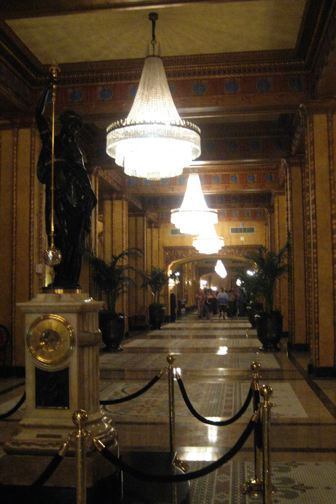 For a more upscale experience, check out some of the hotel lounges.
For a more upscale experience, check out some of the hotel lounges.
On Bourbon Street, the Euro-style Royal Sonesta Hotel recently unveiled the Irvin Mayfield’s Jazz Playhouse. Shows start every night at 8 p.m., featuring the sounds of Jason Marsalis, the Irvin Mayfield NOJO Jam Session, and many more.
The Ritz-Carlton New Orleans features live jazz every Thursday through Saturday—try booking the “jazz table” at Mélange Restaurant for a front-and-center experience.Or you can head way off the beaten path to the ever-so-divey Maple Leaf Bar, located in the Carrollton neighborhood near Tulane University.
Not only is the Maple Leaf one of the longest continually running music venues in the city (dating back to 1974), but it was among the first to re-open after Hurricane Katrina struck in September 2005. Today, it continues to be a premier spot for all genres of music as well as poetry and prose readings.
A little further north, how about listening to live tunes in … a bowling alley? Rock n’ Bowl on Carrollton Avenue not only has 14 bowling lanes, but also a large stage for local bands to strut their stuff.
And lastly, for a gracious Southern experience, check out the Columns Hotel on St. Charles Avenue. This historic bed and breakfast offers the sounds of acoustic guitar and other music played by special guest musicians right in the parlor.
Want to hear more? Listen to Peter’s radio show from New Orleans, where Laughlin plays two New Orleans-style tunes, and check him out at the Roosevelt’s Sazerac Bar every Thursday through Saturday this month, or in the Blue Room starting July 31.
Errol Laborde, Editor, New Orleans Magazine
Sure, New Orleans cuisine is strongly influenced by Cajun, French and Creole flavors. But Sicilian?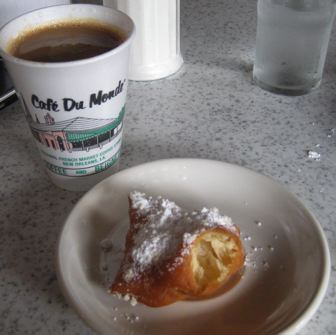
Turns out New Orleans once boasted the largest Sicilian settlement in the nation, which in turn led to a style of cooking that merges classic Italian dishes with local seafood.
Laborde recommends Mandina’s on Canal Street, which has been spiffed up since reopening after Katrina. It serves comfort food like spaghetti and meatballs and grilled shrimp over pasta, as well as regional specialties like homemade turtle soup.Of course, there are some New Orleans institutions that are worth experiencing despite the fact that they’re definitely in the guidebooks.
One of those is Central Grocery, on Decatur Street near the famous Café du Monde, which is the birthplace of the muffaletta. This mile-high sandwich involves layers of cold cuts and cheese piled on Sicilian bread, topped with a savory olive salad.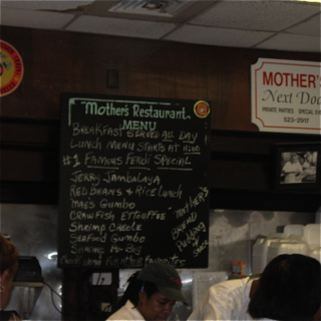
The other is Mother’s Restaurant on Poydras Street, where locals and visitors line up every day to order po’ boys, gumbo, homemade biscuits, and other New Orleans favorites. One local favorite: the “debris po’ boy,” a sandwich loaded with flavorful shreds of leftover meat.If Creole is your thing, you’ve come to the right city.
Although styles and flavors of gumbo can vary from place to place, Laborde recommends the hearty chicken and sausage gumbo at The Gumbo Shop in the French Quarter.
Cocktails and New Orleans go hand-in-hand, but the trick is knowing which signature drink belongs to which location. Laborde suggests the Napoleon House for a refreshing Pimm’s Cup, the Roosevelt Hotel’s Sazerac Bar for the potent Sazerac, and the rotating Carousel Bar at Hotel Monteleone for a foamy Ramos Gin Fizz.
John Magill, Historian/Curator, Historic New Orleans Collection and Williams Research Center
Visitors who only stick to the French Quarter or maybe take a quick detour to the Garden District are missing out on a lot of what New Orleans has to offer, as the city has a variety of historic and cultural neighborhoods.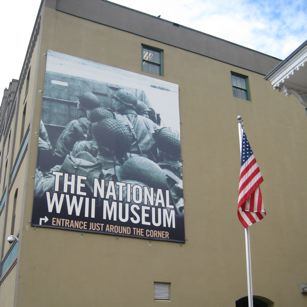
Walk along Magazine Street to the old warehouse-turned-arts-district, home to the can’t-miss National World War II Museum, formerly known as the D-Day Museum. You can easily spend half a day touring the museum, but save time to walk over to Camp Street to visit the Ogden Museum of Southern Art which houses the largest collection of Southern art in the world, and the Contemporary Arts Center which showcases both visual and performing arts.
It’s also worth spending some time just enjoying the city’s varied architecture. The LaBranche Buildings at Royal Street and St. Peter, and the Miltenberger House at Royal and Dumaine streets both display great examples of intricate mid-19th century wrought-iron balconies.
Lafitte’s Blacksmith Shop, while a popular tourist bar, is also one of the few remaining buildings that represent the old French Creole architecture that dominated between the 18th and early 19th centuries.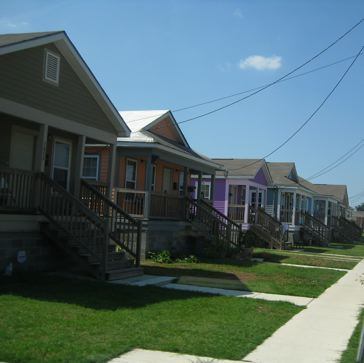 The intersection of Royal and Conti streets is essentially a “bankers’ corner,” representing the city’s old financial hub. The structures there date back as far as the late 1700s/early 1800s, and housed three major banks.
The intersection of Royal and Conti streets is essentially a “bankers’ corner,” representing the city’s old financial hub. The structures there date back as far as the late 1700s/early 1800s, and housed three major banks.
Today, what was once the Old Bank of the United States at 343 Royal Street is now pricey antiques shop (it’s worth at least window shopping); across the street, the Old Bank of Louisiana is now a police station with a tourist office that’s “like walking into the 1820s.”
The third corner building is at 403 Royal Street, formerly the Louisiana State Bank. A little further down Royal is Brennan’s, which dates back to the late 1790s—it was originally a mansion and then became Louisiana’s first chartered bank, Banque de la Louisiane.
Preservation Hall—known to many as “the house that jazz built”—is located at 726 St. Peter Street. Built in 1750 as a private residence and serving as a tavern during the War of 1812, Preservation Hall was purchased by Allan and Sandra Jaffe in 1961.
And, of course don’t forget to visit the Historic New Orleans Collection, which has a vast collection of galleries and exhibitions dedicated to the city’s rich history. Right now, you can check out an exhibit about photographer Michael P. Smith highlighting events such as Mardi Gras Indians, Jazz Fest, and jazz funerals, as well as an gallery of works by early 20th century local artist Josephine Crawford at the Williams Research Center.
Learn more about Voluntourism opportunities in New Orleans here.
By Sarika Chawla for PeterGreenberg.com












